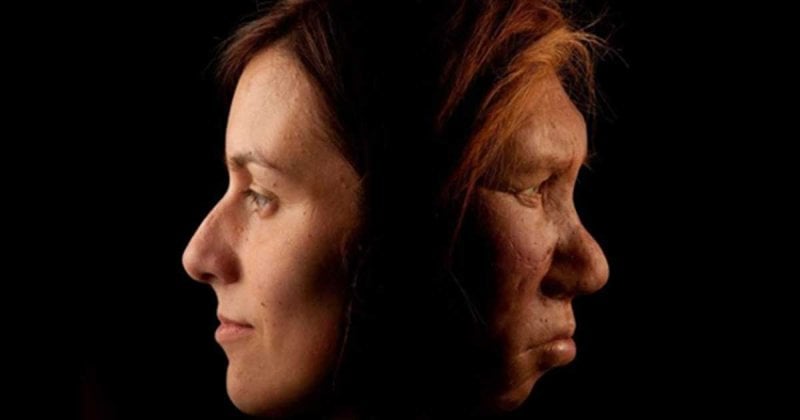When the Neanderthal genome was first sequenced in 2010 and compared with ours, scientists noticed that genes from Homo neanderthalensis also showed up in our own DNA. The conclusion was inescapable: Our ancestors mated and reproduced with another lineage of now-extinct humans who live on today in our genes.
…
On one level, it’s not shocking that DNA from other human groups resides within us. H. sapiens today is the result of millions of years of evolution; we can count numerous species of ancient hominin among our ancestors. But the Neanderthal and Denisovan contributions to our genetic makeup happened far more recently, after H. sapiens had already split from other human groups. Those interbreeding events, also called introgressions, did not create a new species of human — they enriched an already existing one.
…
Neanderthal genes have been suggested to affect both the body’s keratin (which makes up our hair, among other things) and how we react to UV light. These genes were likely picked up after humans migrated north from Africa to Europe, where trysts with our Neanderthal cousins may have helped fast-track our own adaptations to the cold climate.
Read full, original post: A Genetic Ghost Hunt: What Ancient Humans Live On In Our DNA?































